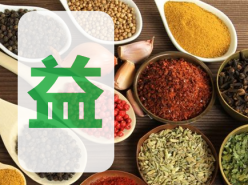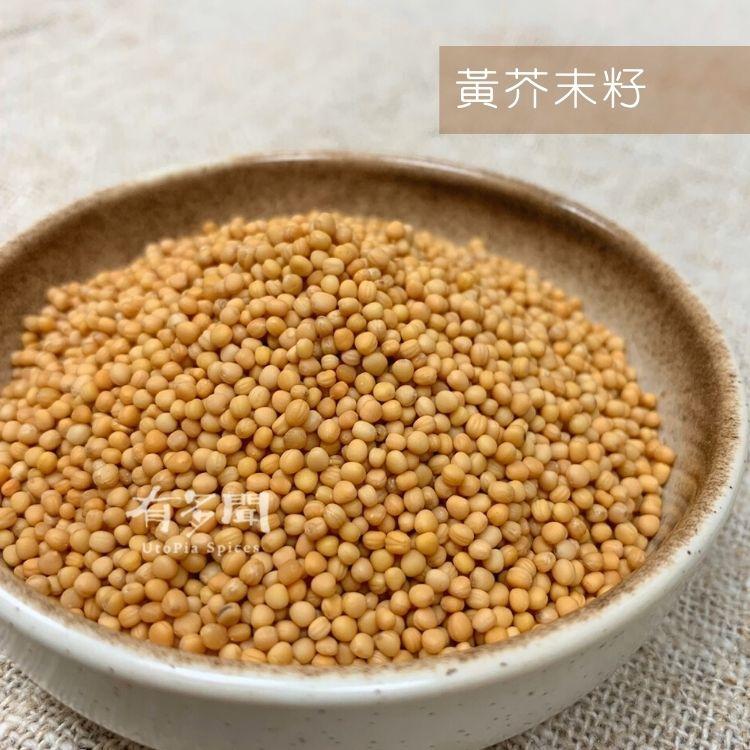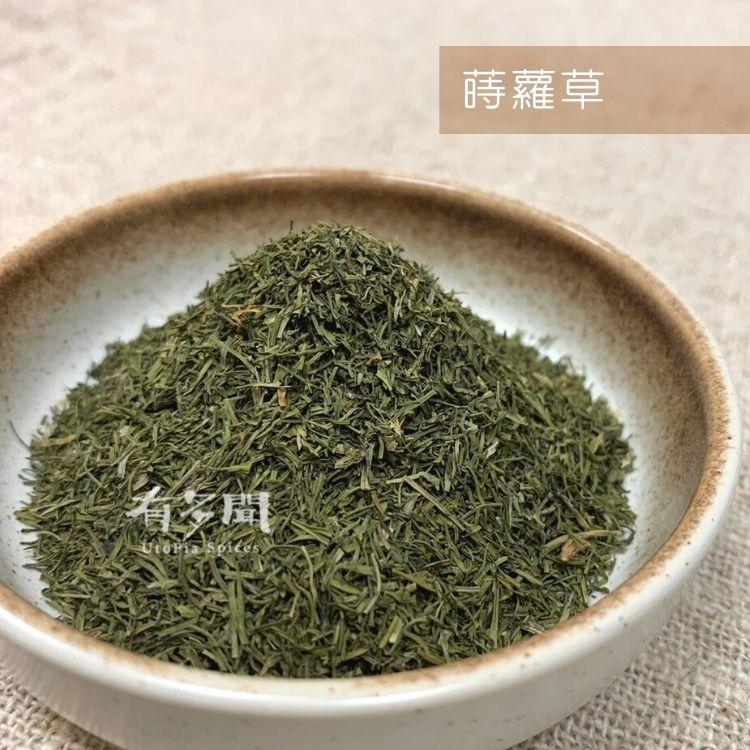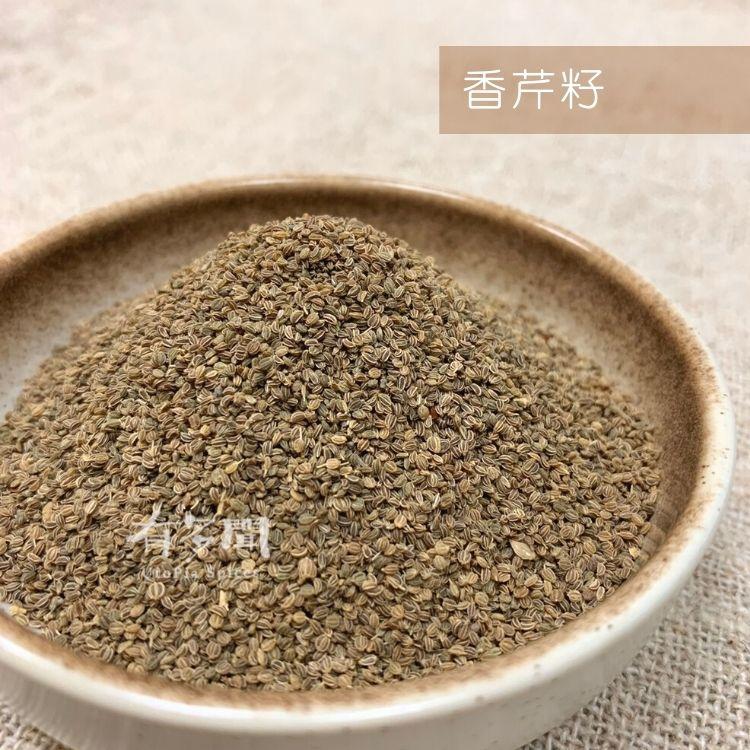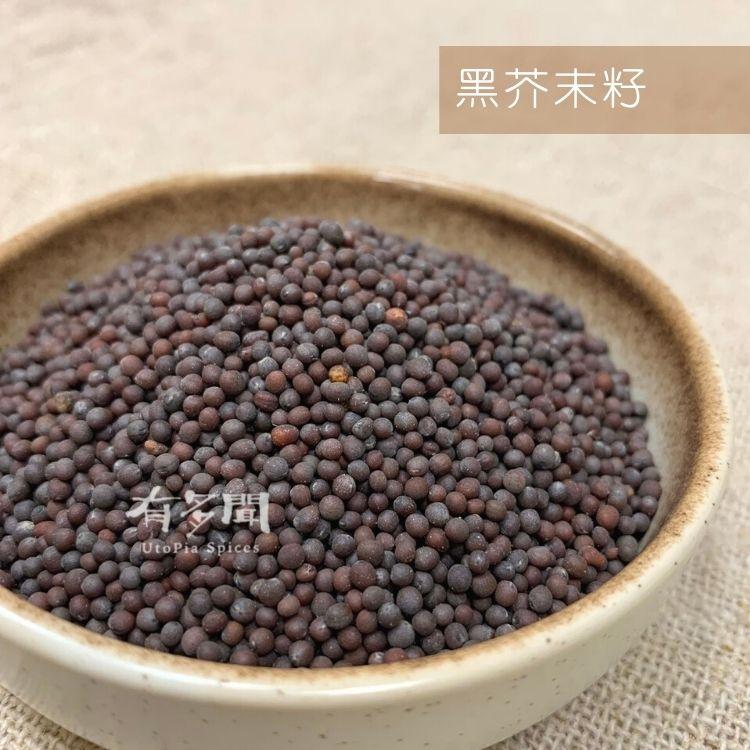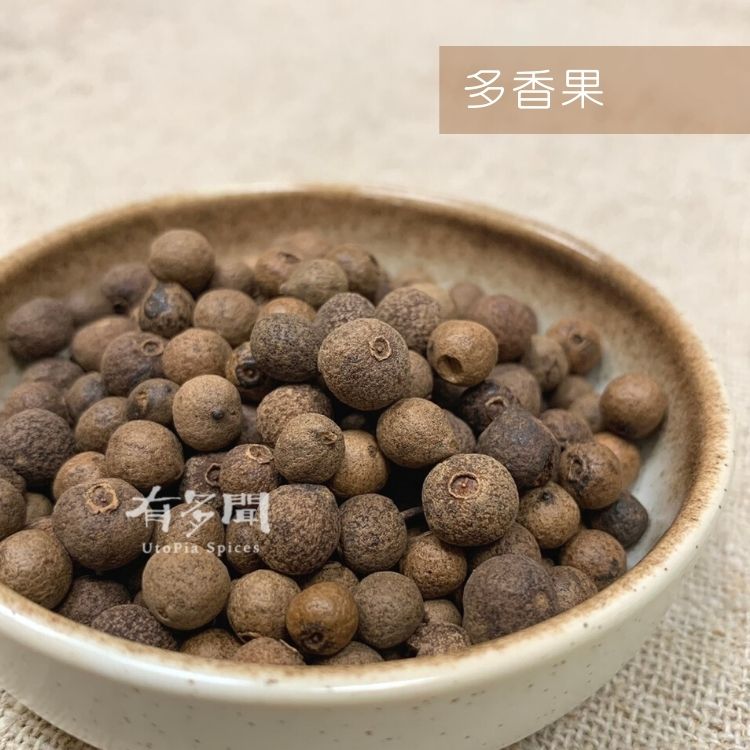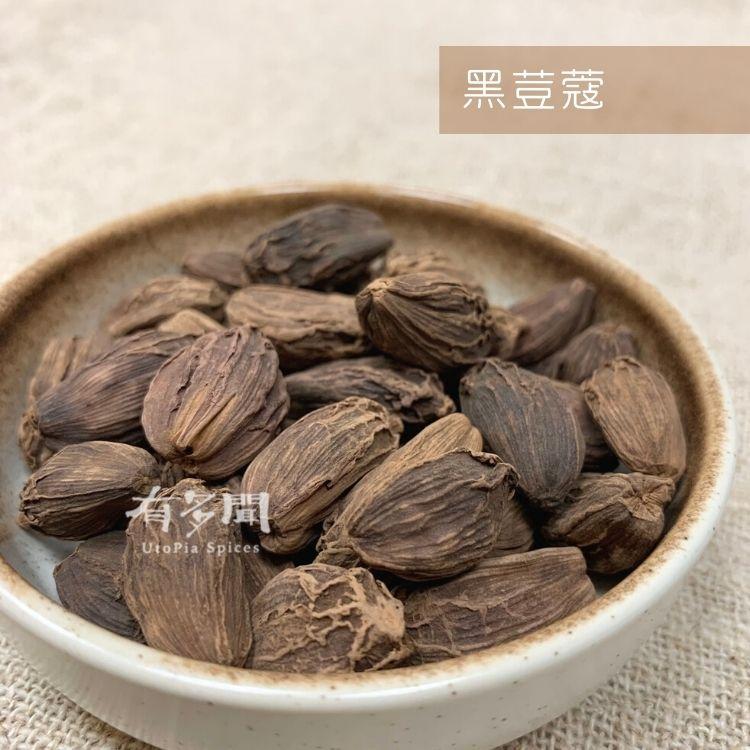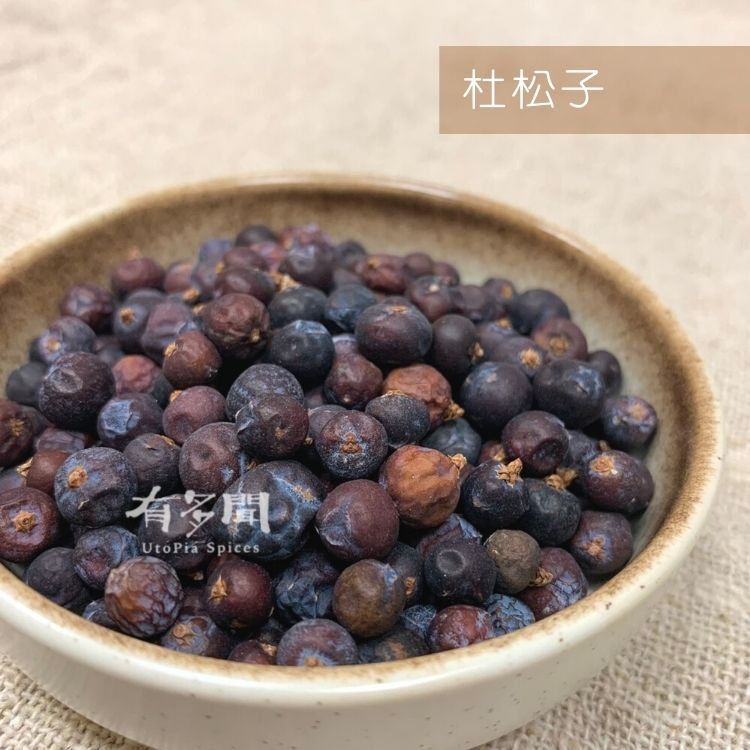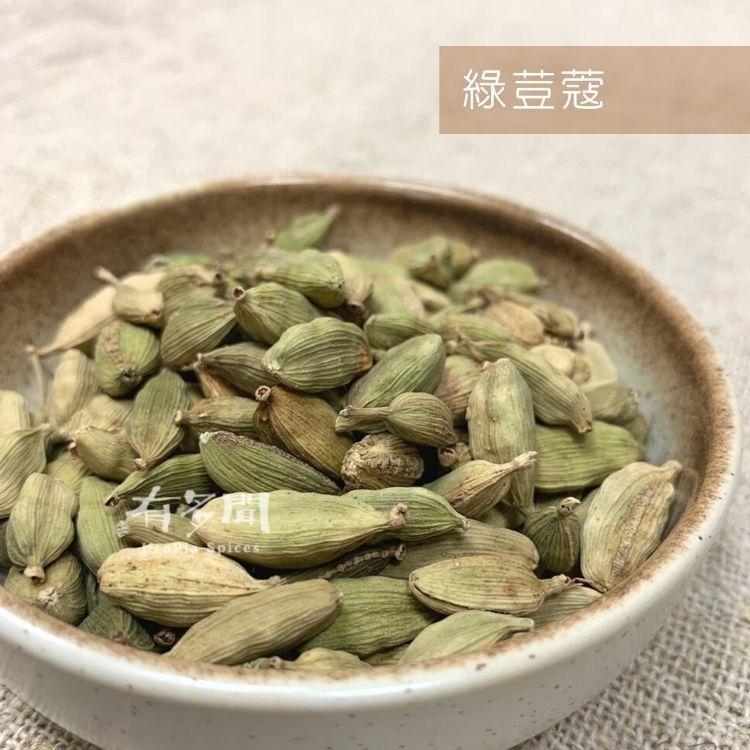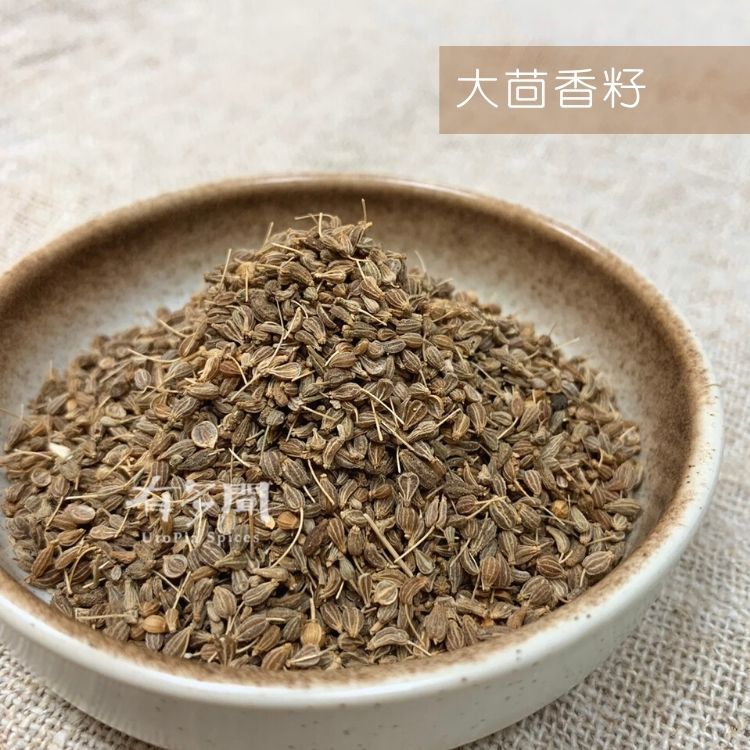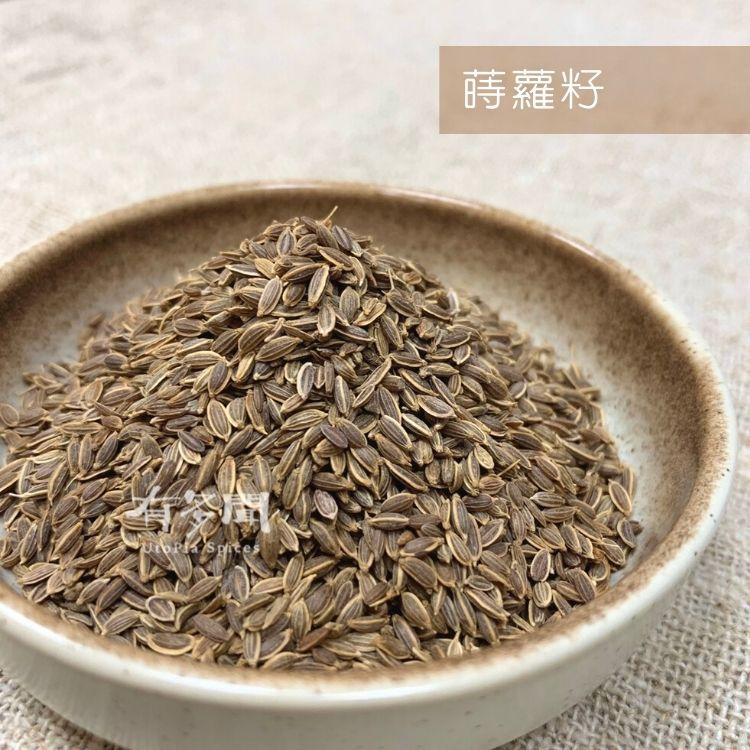
Feature:
Dill seeds are the seeds of the dill plant (Anethum graveolens) and are usually harvested when the plant is mature.
Most people are familiar with dill, but dill seeds are also useful as a spice.
The seeds are flat, oval, yellowish or brown in color.
Taste and smell:
Dill seeds have a citrus flavor, a slight sweetness, and a slight bitterness.
Their aroma is slightly “herbaceous”, slightly like fennel or celery.
Origin:
India
Cooking dishes:
In Nordic and Russian cuisine, dill seeds are often used to marinate fish.
In Middle Eastern cuisine, they are commonly used in curries and stews.
In Indian cuisine, dill seeds are used along with other spices to flavor curries and baked goods.
It can also be used to make soups and sauces, especially with seafood.
Applicable dishes:
Pickles, Indian Bean Chowder, French Dressing, Vinaigrette Herring, Yogurt Dill Cucumber Sauce, Roasted Vegetable Collection, Honey Mustard, Creamy Braised Chicken, Curry
**Dill seeds are a versatile spice that can be used not only for cooking but also for pickling and preserving foods. It has a unique taste and smell that adds depth and complexity to dishes. Dill seeds are a spice worth trying in both traditional and modern cuisine.
![]()
